Home>Articles>What Is The Proper Distance From The Feet Of A Straight Ladder To The Wall
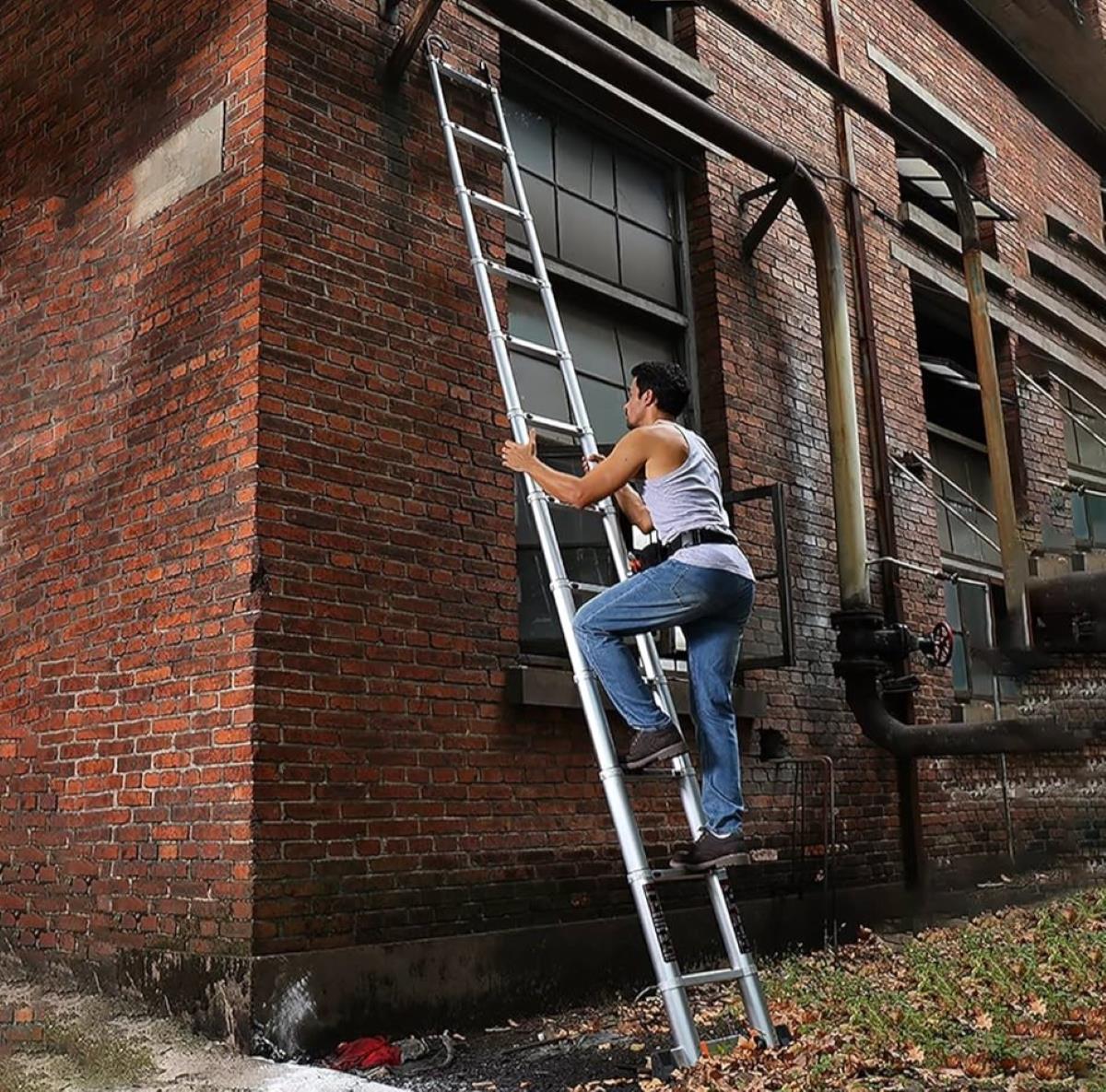

Articles
What Is The Proper Distance From The Feet Of A Straight Ladder To The Wall
Modified: August 31, 2024
Learn about the proper distance from the feet of a straight ladder to the wall in this informative article. Discover the importance of safety and best practices for ladder usage.
(Many of the links in this article redirect to a specific reviewed product. Your purchase of these products through affiliate links helps to generate commission for Storables.com, at no extra cost. Learn more)
Introduction
Setting up a ladder may seem like a simple task, but did you know that there is a proper distance that the feet of a straight ladder should be placed from the wall? This may not be common knowledge, but it is an important safety consideration when using a ladder.
Whether you are a professional contractor or a DIY enthusiast, understanding the correct distance for ladder placement is crucial to ensure stability and prevent accidents. In this article, we will explore the importance of setting the proper distance from the feet of a straight ladder to the wall and provide guidelines for doing so.
By maintaining the correct distance, you can significantly reduce the risk of ladder-related injuries. Whether you are performing household maintenance, painting, or carrying out construction work, following these guidelines will help keep you safe and prevent accidents.
So, let’s dive into the details of why the proper distance matters and how you can ensure your ladder is set up correctly for any task at hand.
Key Takeaways:
- Properly setting the distance between a straight ladder’s feet and the wall is crucial for stability, safe climbing angles, and preventing damage to property and structures.
- Factors such as ladder angle, length, surface conditions, weight capacity, and environmental factors must be considered to determine the correct distance for ladder placement.
Importance of Proper Distance from Feet of a Straight Ladder to the Wall
Setting the proper distance between the feet of a straight ladder and the wall is crucial for several reasons. First and foremost, it ensures stability and prevents the ladder from tipping over while you’re working at height. By maintaining the correct distance, you create a solid base of support, reducing the risk of accidents and injuries.
Secondly, the proper distance allows you to maintain a safe climbing angle. When a ladder is set too close to the wall, you may end up leaning too far back while climbing or working, resulting in a loss of balance. On the other hand, if the ladder is placed too far away from the wall, you may find yourself dangerously reaching or stretching to complete your task. Both scenarios increase the risk of falling or causing the ladder to slide out from under you.
Furthermore, the proper distance between the ladder and the wall ensures that the ladder’s rungs or steps are at the optimal height for climbing. If the ladder is too close to the wall, the bottom rungs may be partially obstructed, making it difficult to climb or descend safely. Conversely, if the ladder is set too far away from the wall, the bottom rungs may be too high or unreachable, putting unnecessary strain on your legs and increasing the risk of falls.
Lastly, by setting the ladder at the proper distance, you also minimize the chances of damaging the wall or other nearby structures. When the ladder is too close, it may scrape or leave marks on the wall as you ascend or work. Conversely, if the ladder is placed too far away, you risk hitting other objects or structures with the ladder’s top portion, causing damage.
Overall, ensuring the proper distance from the feet of a straight ladder to the wall is crucial for maintaining stability, achieving a safe climbing angle, providing optimal step height, and preventing damage to the wall and surrounding structures. By following the guidelines for ladder placement, you can significantly reduce the risk of accidents and injuries while working at height.
Factors to Consider for Determining the Proper Distance
Determining the proper distance between the feet of a straight ladder and the wall involves considering several factors. By taking these factors into account, you can ensure that the ladder is positioned correctly for safe and effective use. Here are the main factors to consider:
1. Ladder Angle: One of the critical factors to determine the correct distance is the ladder angle. The ladder should be positioned at a safe climbing angle, typically 75 degrees. This angle provides optimal stability and balance while ascending or descending the ladder. To achieve this angle, the base of the ladder should be set one-quarter of the ladder’s working length away from the wall.
2. Ladder Length: The length of the ladder also plays a role in determining the proper distance. Longer ladders require a greater distance from the wall to maintain stability. As a general rule, for every 4 feet in height, the base of the ladder should be positioned 1 foot away from the wall. However, it’s essential to refer to the manufacturer’s guidelines to ensure accurate placement.
3. Surface and Terrain: The surface on which the ladder is placed should be taken into consideration. If the surface is soft or uneven, the base of the ladder may sink or shift, compromising stability. Ensure that the ground is firm, level, and free from debris before setting up your ladder. Consider using ladder stabilizers or leg-levelers if necessary.
4. Weight Capacity: The weight capacity of the ladder is an important factor to consider when determining the proper distance. Overloading the ladder can lead to instability and increase the risk of accidents. Before climbing, check the ladder’s weight rating and ensure it can support your weight along with any tools or materials you’ll be carrying.
5. Environmental Factors: Environmental factors such as wind, vibrations, or movement nearby can affect ladder stability. Consider these factors when positioning the ladder and adjust the distance accordingly. When working outdoors or in windy conditions, you may need to increase the distance to provide extra stability.
Remember, these factors are general guidelines, and it is always recommended to consult the manufacturer’s instructions and safety guidelines specific to your ladder model. By considering these factors, you can determine the proper distance between the feet of a straight ladder and the wall, ensuring a safe and secure setup for your work at height.
Common Guidelines for Setting the Distance
While there are various factors to consider when determining the proper distance between the feet of a straight ladder and the wall, there are some common guidelines that can be followed to ensure a safe and stable setup. These guidelines apply to most standard straight ladders and can serve as a starting point:
1. The 4-to-1 Rule: The most commonly used guideline is the 4-to-1 rule. For every 4 feet in height, the base of the ladder should be positioned 1 foot away from the wall. This ratio helps maintain a stable climbing angle of approximately 75 degrees.
2. Extend Beyond the Top: When setting up the ladder, it is important to extend it beyond the top support point. This means that the top of the ladder should extend at least 3 feet above the landing or point of access. This ensures that you have a secure handhold when stepping onto or off the ladder.
3. Secure Base: Ensure that the ladder’s base is on a firm and level surface. This will help prevent any shifting or slipping while you are climbing. Avoid placing the ladder on slippery or uneven surfaces, as this can compromise stability.
4. Consider Obstructions: Take into account any potential obstructions near the ladder’s placement. Ensure that the ladder is not obstructed by objects such as furniture, equipment, or vegetation. Clear the area around the ladder to provide a safe and obstacle-free workspace.
5. Follow Manufacturer’s Instructions: Different ladder models may have specific guidelines for setting the distance. Always refer to the manufacturer’s instructions and safety guidelines accompanying the ladder to ensure accurate placement and usage.
6. Regular Inspection: Regularly inspect the ladder for any signs of damage or wear. Check for loose or missing rungs, cracked side rails, or any other defects that could compromise the ladder’s integrity. Do not use a ladder that is damaged or in poor condition.
7. Use a Spotter: If possible, have someone assist you in positioning and stabilizing the ladder. They can help ensure that the ladder is set up at the correct distance and provide additional stability while climbing.
Remember, these guidelines are general recommendations, and it is crucial to prioritize safety and follow any specific instructions provided by the ladder manufacturer. By adhering to these common guidelines, you can set the distance between the feet of a straight ladder and the wall to ensure a safe and stable setup for your work at height.
The proper distance from the feet of a straight ladder to the wall should be approximately one-quarter of the ladder’s working length. This will help ensure stability and safety while using the ladder.
Consequences of Incorrect Distance Placement
Setting the distance between the feet of a straight ladder and the wall incorrectly can have serious consequences. Here are some of the potential risks and hazards that may arise from improper distance placement:
1. Instability and Tipping: Placing the ladder too close to the wall can lead to instability and an increased risk of tipping over. When the ladder’s base is not far enough from the wall, even a slight shift in weight or movement can cause the ladder to become unbalanced, resulting in a fall.
2. Loss of Balance: Incorrect distance placement can throw off the ladder’s climbing angle, leading to a loss of balance. If the ladder is set too close to the wall, you may find yourself leaning too far back while climbing or working, making it challenging to maintain stability. Conversely, if the ladder is positioned too far away, you may have to reach or stretch excessively, compromising your balance and increasing the risk of falls.
3. Slips and Falls: When the ladder is not positioned at the proper distance, the rungs or steps may not be at an optimal height for safe climbing. If the ladder is too close to the wall, the bottom rungs may be partially obstructed, making it challenging to climb or descend safely. Conversely, if the ladder is set too far away, the bottom rungs may be too high or unreachable, causing you to strain or slip while attempting to climb or get down.
4. Damaging the Wall or Surrounding Structures: Incorrect placement of the ladder can result in damaging the wall or other nearby structures. When the ladder is too close, it can scrape or leave marks on the wall, especially if there is any movement or shifting during use. Alternatively, if the ladder is positioned too far away, the top portion may collide with objects or structures, causing damage.
5. Increased Risk of Accidents: Improperly placed ladders significantly increase the risk of accidents and injuries. Falls from ladders can lead to broken bones, head injuries, and other severe trauma. Even minor slips or falls can result in sprains, strains, cuts, and bruises. By setting the distance correctly, you ensure the ladder’s stability and reduce the likelihood of such accidents occurring.
It is of utmost importance to understand and adhere to the guidelines for distance placement to maintain a safe working environment. Take the time to carefully position the ladder at the appropriate distance from the wall, ensuring stability, balance, and optimal climbing conditions.
Remember, safety should always be the priority when using a straight ladder, and following the correct distance placement guidelines is essential to prevent accidents, injuries, and damage to property.
Read more: How To Properly Set Up A Ladder
Tips for Safely Positioning a Straight Ladder
Properly positioning a straight ladder is crucial for ensuring your safety while working at height. Here are some helpful tips to follow when setting up a ladder to ensure a safe and stable placement:
1. Choose the Right Ladder: Select a ladder that is suitable for the task at hand. Consider the height and weight requirements, as well as the ladder’s maximum load capacity. Using the right ladder for the job will contribute to the overall stability and safety.
2. Inspect the Ladder: Before setting up the ladder, thoroughly inspect it for any signs of damage or wear. Look for loose rungs, cracks in the side rails, or any other defects that may compromise its safety. Do not use a ladder that is damaged or in poor condition.
3. Check the Area: Clear the area where you plan to set up the ladder. Remove any obstacles, debris, or clutter that could cause you to trip or hinder ladder placement. Ensure there is ample space for you to work comfortably and safely.
4. Assess the Surface: Inspect the surface where the ladder will be placed. Make sure it is firm, level, and stable. Avoid surfaces that are slippery, muddy, or uneven. If necessary, use a ladder stabilizer or leg-levelers to ensure stability on uneven ground.
5. Set the Correct Distance: Follow the guidelines for the proper distance between the ladder’s feet and the wall. Use the 4-to-1 rule as a general reference, adjusting for ladder length and the angle of ascent. This will ensure a stable climbing angle and prevent the ladder from tipping or shifting.
6. Angle of the Ladder: Check that the ladder is at the correct climbing angle. The ladder should lean slightly back, with the top positioned away from the wall. The recommended angle is approximately 75 degrees. This angle provides a comfortable and safe climbing position.
7. Secure the Base: Ensure that the ladder’s base is securely planted on the ground. Use non-slip mats or rubber pads underneath the ladder to provide additional grip and prevent slipping. If necessary, have a spotter hold the base of the ladder to stabilize it during setup.
8. Use the Three-Point Contact Rule: Maintain a three-point contact at all times while climbing or descending the ladder. This means having either both feet and a hand or both hands and a foot in contact with the ladder at all times. This will help improve stability and minimize the risk of falls.
9. Avoid Overreaching: Never extend your body beyond the side rails of the ladder. Overreaching can cause the ladder to become unbalanced and increase the risk of falls. Instead, reposition the ladder as needed to ensure you can easily reach your work area.
10. Regularly Reassess and Adjust: Periodically evaluate the stability and placement of the ladder while in use. If you notice any shifting, instability, or signs of wear, readjust or reposition the ladder as necessary. Regular reassessment ensures a safe working environment.
By following these tips, you can confidently and safely position a straight ladder for your tasks. Remember, safety should always be the top priority when working at height, and taking the time to set up the ladder correctly will help prevent accidents and injuries.
Conclusion
Properly setting the distance between the feet of a straight ladder and the wall is crucial for ensuring safety and stability while working at height. By following the guidelines and tips outlined in this article, you can minimize the risk of accidents, maintain balance, and prevent damage to property.
Setting the ladder at the correct distance helps create a solid base of support, ensuring stability and preventing tipping or sliding. It also enables you to maintain a safe climbing angle, reducing the risk of falls or loss of balance. By positioning the ladder with the proper distance, you can ensure that the rungs or steps are at an appropriate height for easy and safe climbing.
Taking into account factors such as ladder angle, ladder length, surface conditions, weight capacity, and environmental factors will help you determine the correct distance for ladder placement. Following common guidelines, such as the 4-to-1 rule and extending the ladder beyond the top support point, will provide a solid foundation for safe ladder usage.
Furthermore, placing the ladder at the correct distance helps prevent damage to the wall and surrounding structures. Scratches or marks on walls can be avoided, reducing the need for repairs. By adhering to safety protocols and positioning the ladder properly, you can prioritize the well-being of yourself and others while working at height.
Always conduct a thorough inspection of the ladder before and after each use and regularly reassess its stability. Any signs of damage or wear should be addressed promptly, and a damaged ladder should not be used.
Remember to maintain three-point contact when climbing or descending the ladder, avoid overreaching, and clear the area around the ladder from any potential hazards or obstructions.
In conclusion, the proper distance between the feet of a straight ladder and the wall is essential for maintaining stability, balance, and safety while working at height. By following the guidelines and tips provided in this article, you can confidently position your ladder, reducing the risk of accidents, and ensuring a secure environment for your work.
Always prioritize safety when working with ladders, and never compromise on proper ladder placement. By taking the necessary precautions, you can carry out your tasks effectively, efficiently, and most importantly, safely.
Frequently Asked Questions about What Is The Proper Distance From The Feet Of A Straight Ladder To The Wall
Was this page helpful?
At Storables.com, we guarantee accurate and reliable information. Our content, validated by Expert Board Contributors, is crafted following stringent Editorial Policies. We're committed to providing you with well-researched, expert-backed insights for all your informational needs.
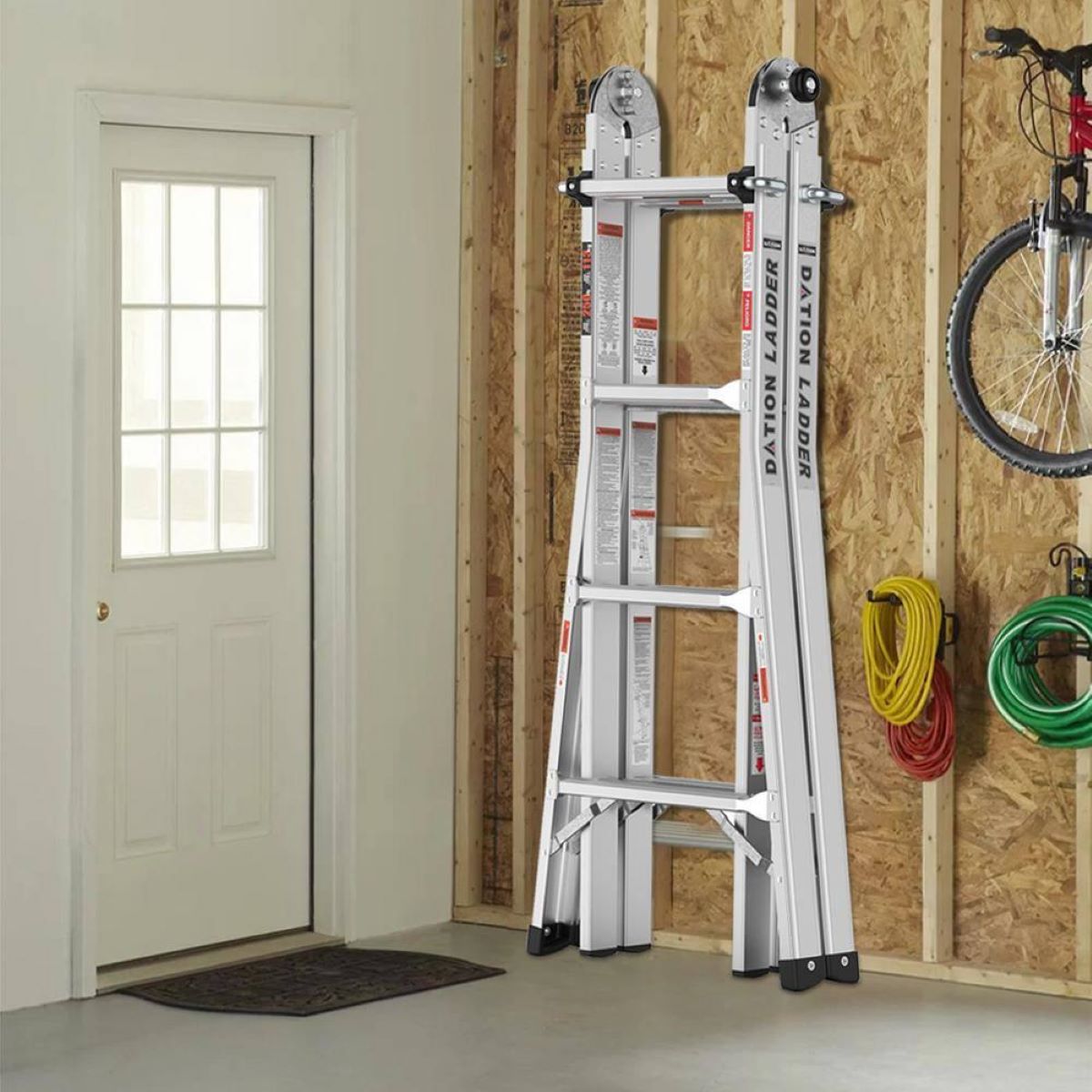

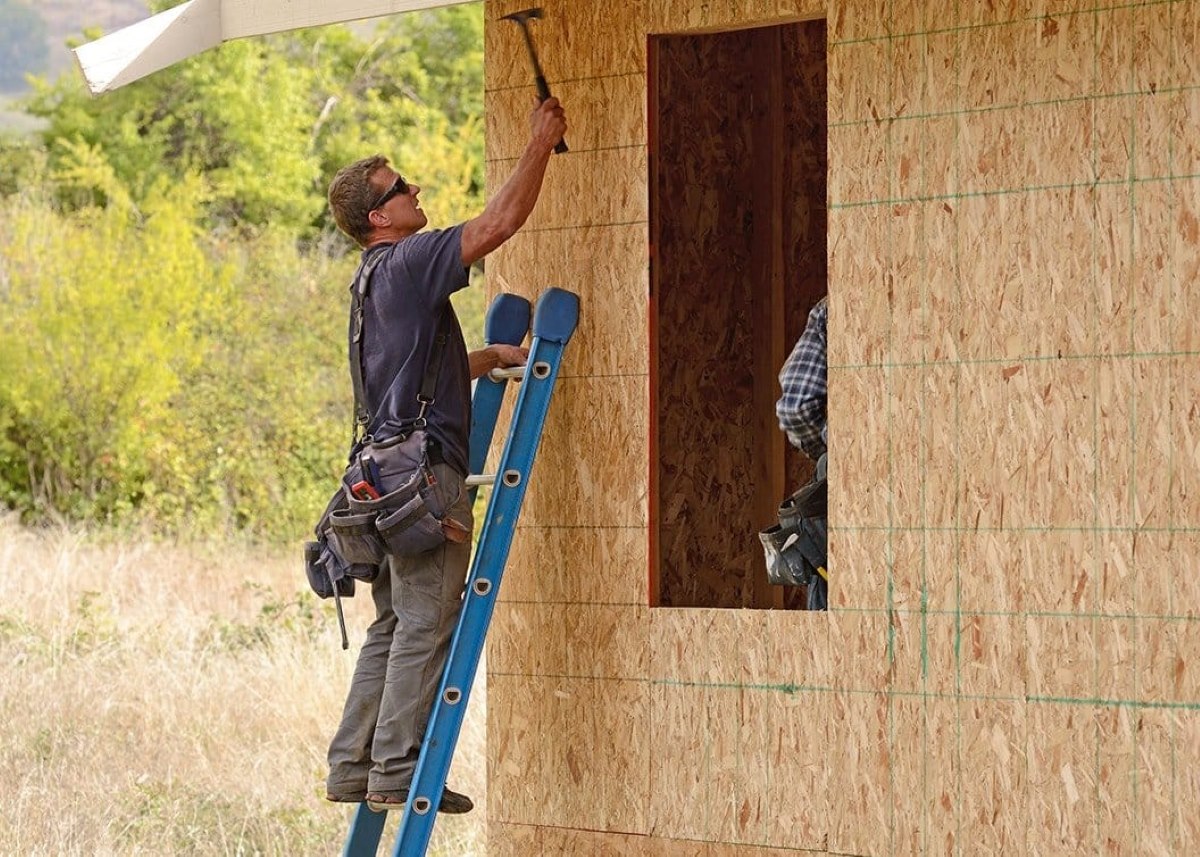
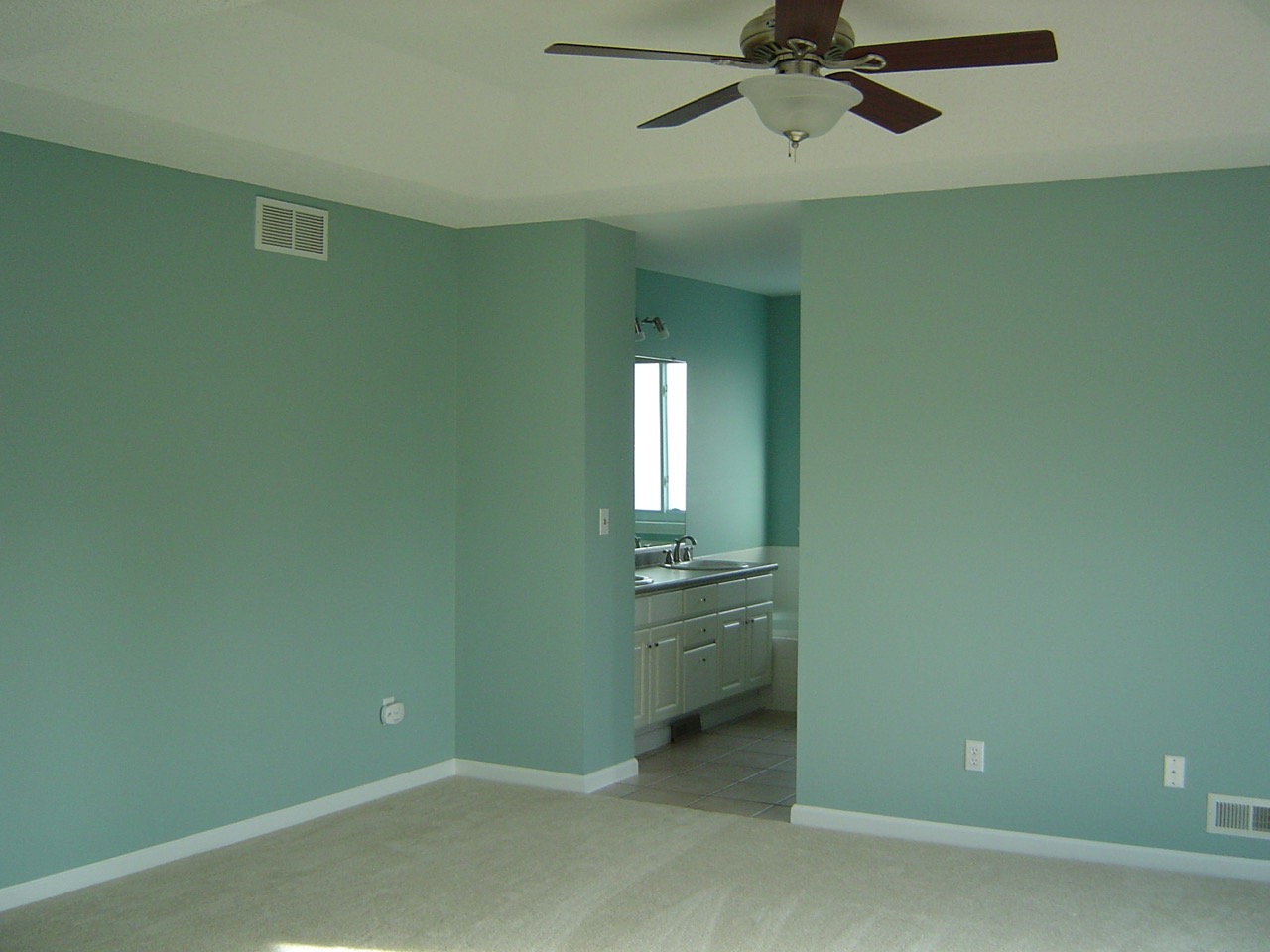
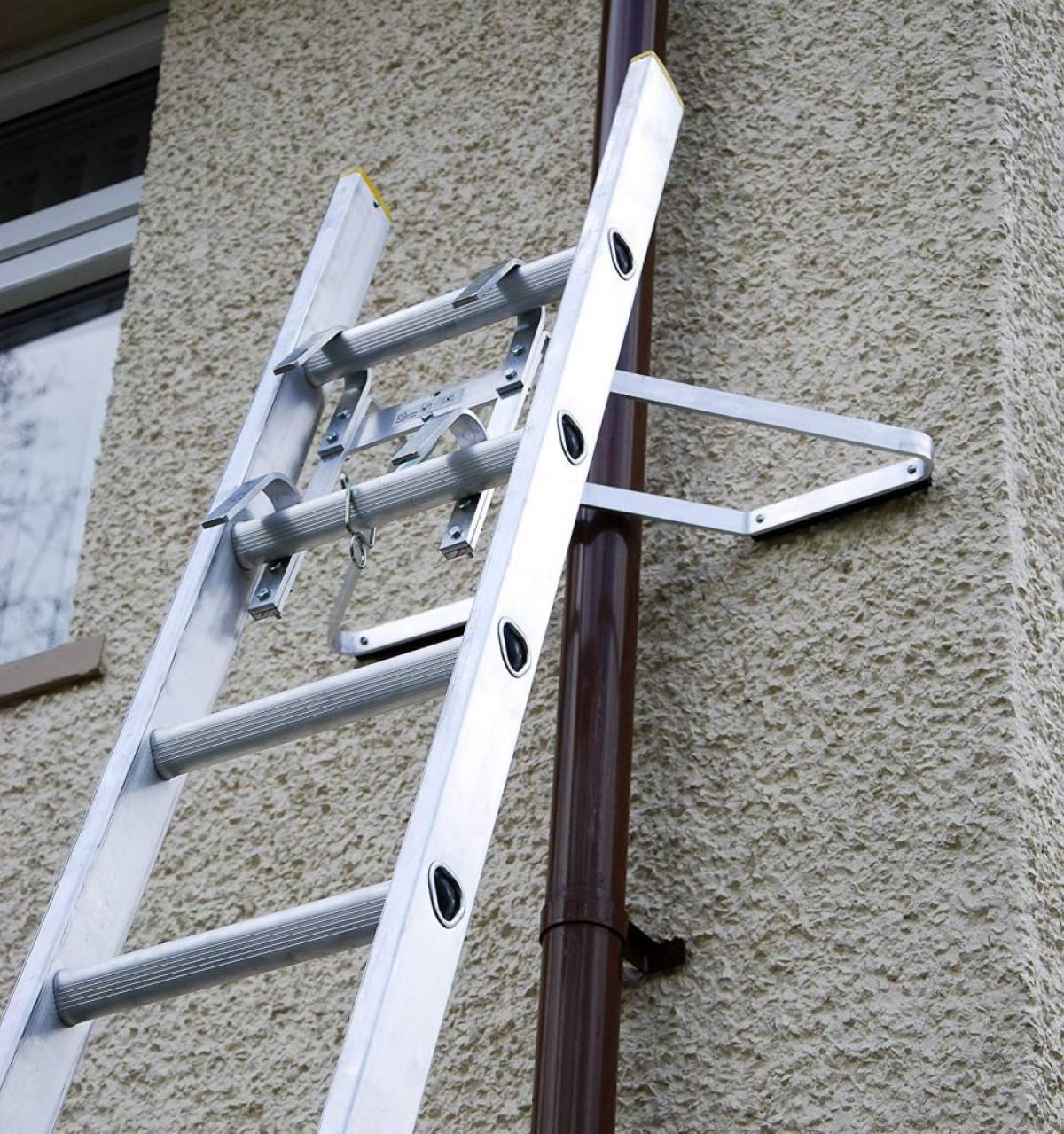
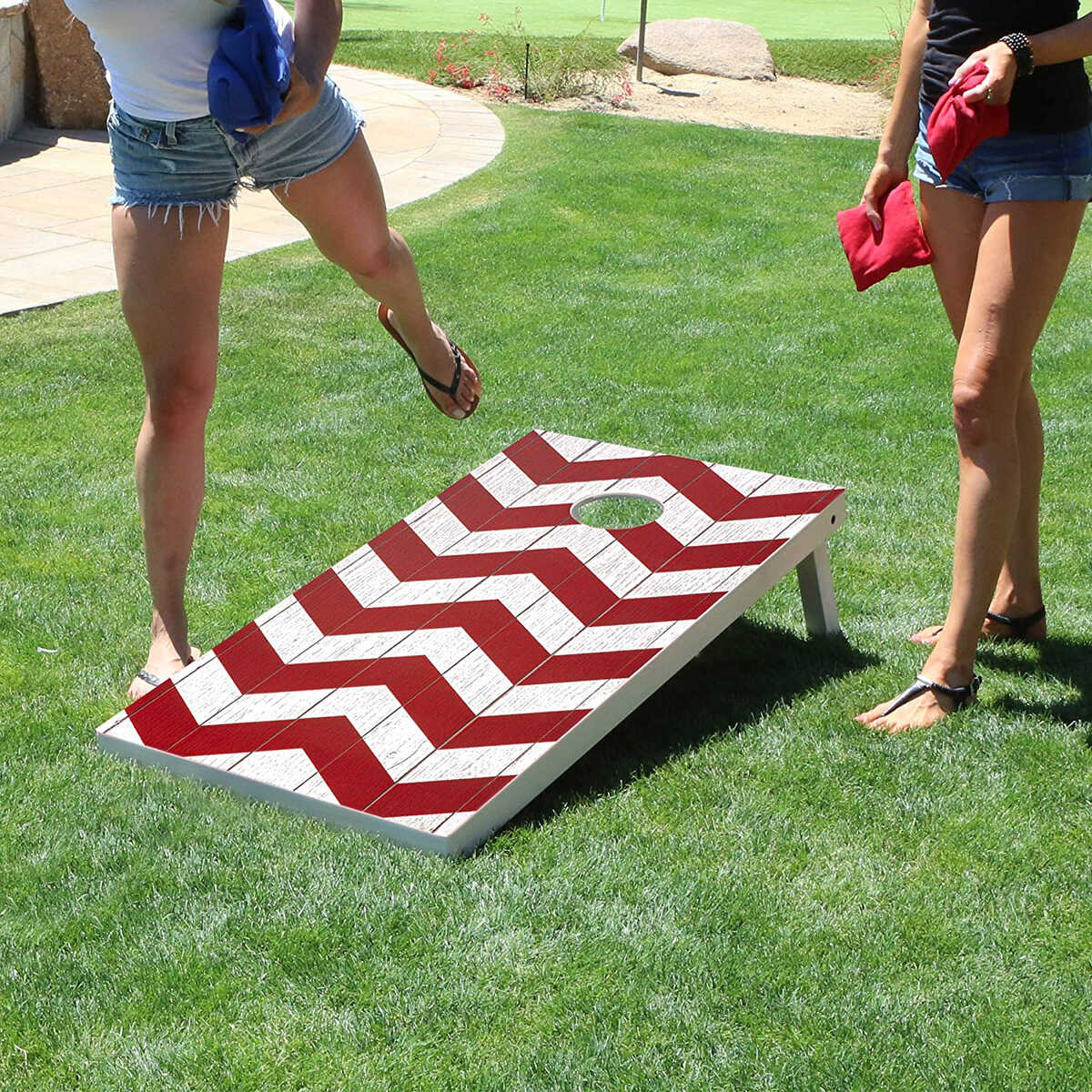
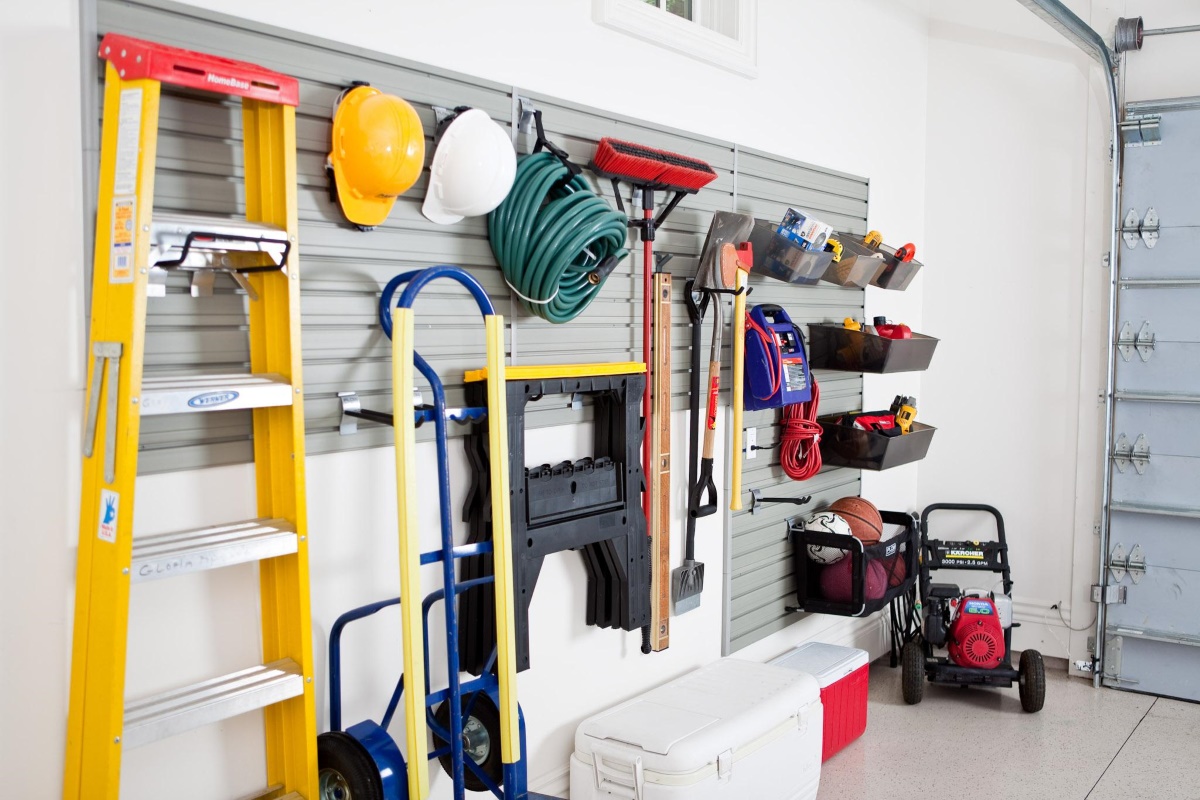
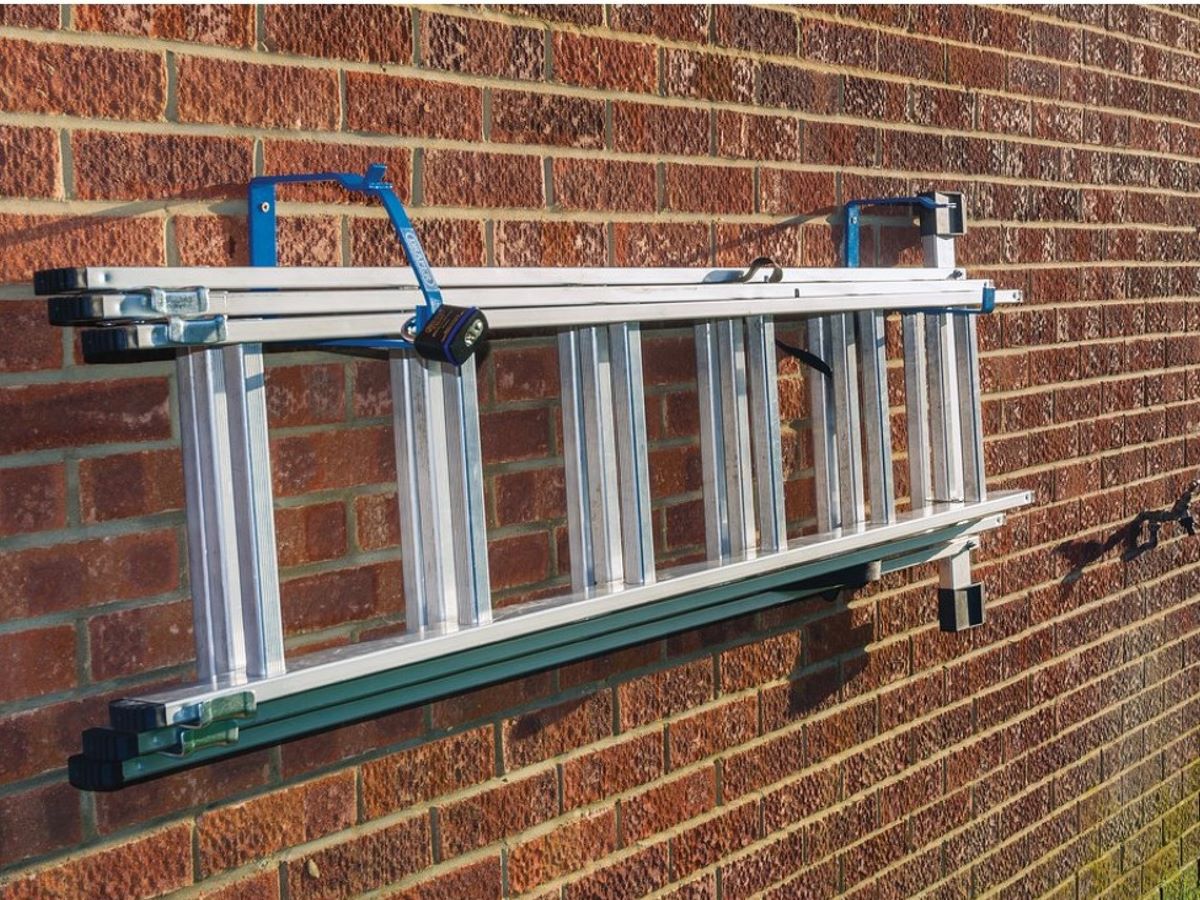

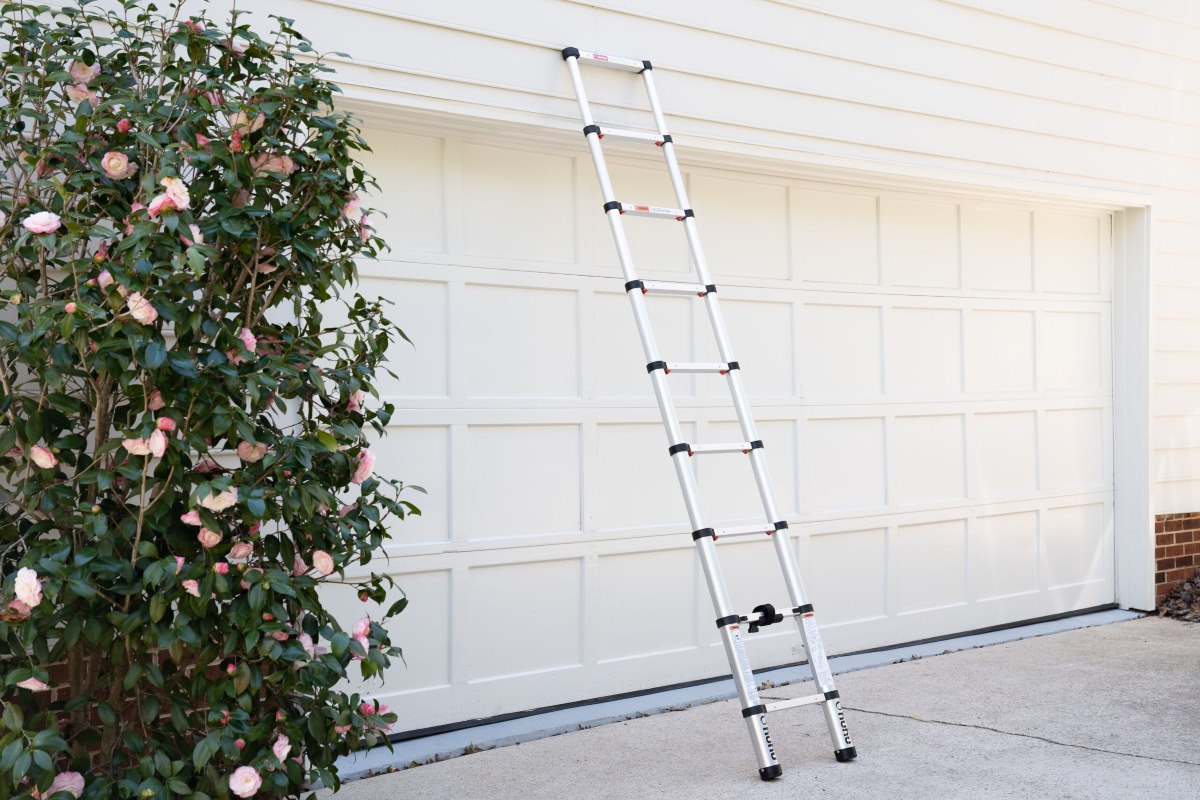





0 thoughts on “What Is The Proper Distance From The Feet Of A Straight Ladder To The Wall”